"Rebellious Venezuelan Aviation." In memory of the commandant Hugo Chavez is dedicated
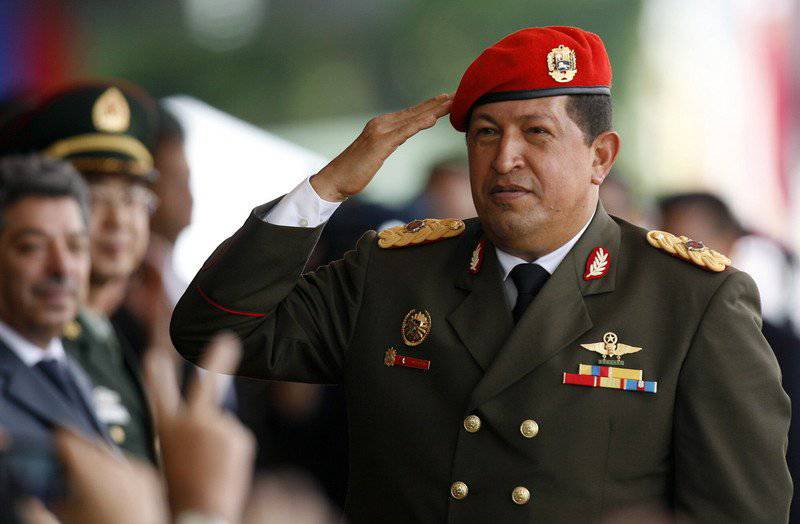
It was the year that 5 took place in Caracas in March at the age of 58. The President of Venezuela, the head of the Venezuelan Unified Socialist Party Hugo Rafael Chávez Friyas, passed away.
The real son of his homeland, who carried in himself Indian and Creole blood, he was born into a family with a long revolutionary tradition. The maternal ancestor of Chávez was an active participant in the 1859 — 1863 Civil War, and fought under the leadership of the people's leader, Ekequiel Zamora. Great-grandfather became famous for raising an anti-dictatorial uprising in 1914, which was brutally suppressed.
At a young age, Hugo Chavez dreamed of becoming a professional baseball player. Baseball passion Chavez retained until the end of life. As a child, he drew well, and at the age of twelve received his first prize at a regional exhibition. In 1975, with the rank of junior lieutenant, he graduated from the Military Academy of Venezuela.
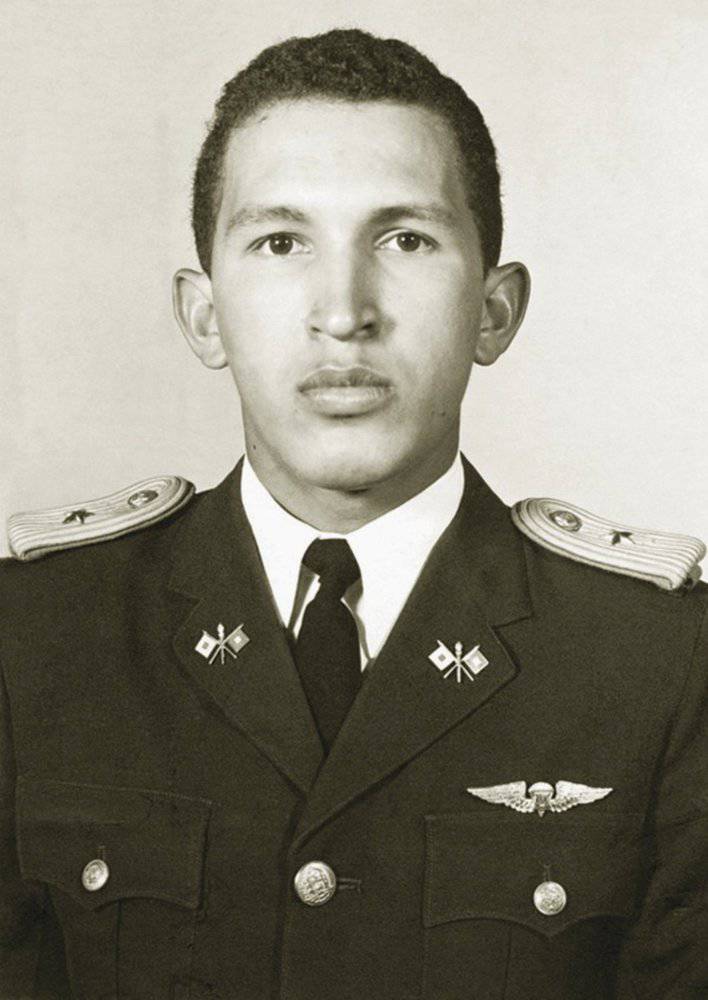
Chavez served in the airborne units, and the red takes the paratrooper, later became an integral part of his image. In the 1982 year (according to other sources, while studying at the academy), Chavez founded with his colleagues an underground revolutionary organization, which later became known as the “Revolutionary Bolivarian Movement”, named after the hero of the Latin American war of independence, Simon Bolivar.
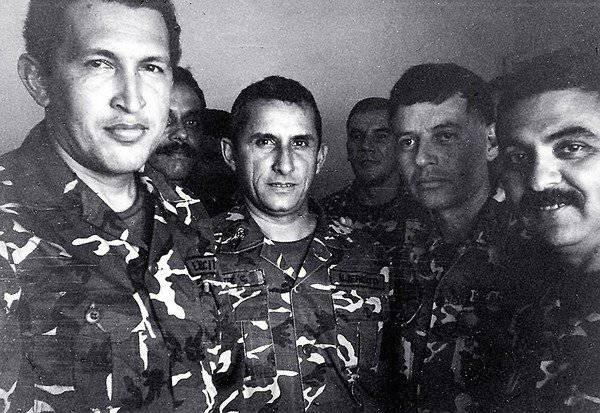
You can treat this person differently, but no one will deny the presence in him of great personal charm, a lively mind and charisma. Not so easy to stay in power 13 for years, in the Latin American republic, with great traditions of military coups. It should be noted that Chavez was a true patriot of his country, caring for its prosperity and the needs of ordinary people. When it was nationalized oil and gas industry of the country, revenues from the sale of natural resources have become more in the state budget and spent on social needs. Hugo Chavez has done a lot to increase the availability and development of education and health care. Every year from the profits from the export of energy carriers, on his instructions, funds were allocated to increase the minimum wage by 10%. It is not surprising that he was very popular in his country.
But few people now remember that before he came to power, as the legitimately elected president, he tried to seize power by force. Literally in one decade, the administration of the former President Carlos Perez has experienced two attempts at a military coup. The country's air force played a significant role in them. The first rebellion was led by the future president of Venezuela, Colonel Hugo Chavez. But the scattered speeches that broke out on 4 in February of 1992 were quickly put down, parts loyal to the president, and Chavez himself went to prison.
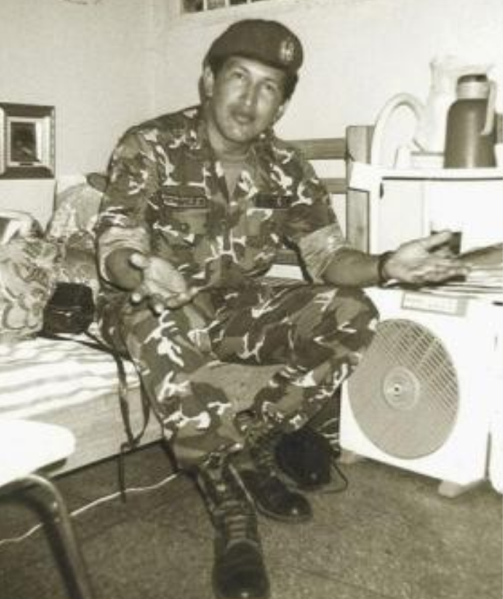
The second attempt of rebellion occurred on November 27 of the same 1992. It would be an “ordinary” rebellion, but during this rebellion the most serious air battles of the early 90s took place. The rebellion was organized by the Venezuelan Visconti Air Force Brigadier General, Chavez's closest associate. But the events of the 27th were preceded by intense preparation. First of all, the general assembled almost all aircraft at the El Libertador airbase (near Palo Negro) under the pretext of preparing an air parade for the Day Aviation. There were nine OV-10 Bronco from the Grupo Aereo de Operacion Speciale.15 (usually located on Maracaibo), all 24 F-16A / B from the Grupo Aereo de Combat.16, 16 Mirage IIIEV / 5V from the Grupo Aereo de Caza.11 (at that time in the country there were only two modernized Mirage 50EVs and several only received from Canada CF-5S. Eight C-130H, six G.222 and two Boeing 707 complemented all this "splendor" , helicopters focused on the base - eight Super Pumas and twelve Iroquois.
The insurgency began in 03: 30 local time: General Visconti personally led the assault detachments of one of the battalions of the 42 airborne brigade. With these fighters in a short time he managed to take control of the command center of the air base. Another group captured the Marcial Sucre Flight Academy in Boca del Rio. The main targets here were the Grupo Aereode Entreinamiento 7 and 14 aircraft. These were training T-37, AT-27 and T-2D, which could be used as light attack aircraft. An hour later, a small group of military men were there and fighters of the special forces police detachment seized a television studio in Caracas, from where they scrolled a tape recording of Chavez's speeches. Not everyone, however, supported the rebellion. The pilots of the F-16A duty officer, Captain Helimenas Labarka and Lt Vielma, immediately after the start of the collisions, raised their planes into the air and headed to the Barakuismento airbase, where the F-5A fighters and training T-2D were based. We had to take off in a big hurry, without compensating suits, we only managed to grab helmets.
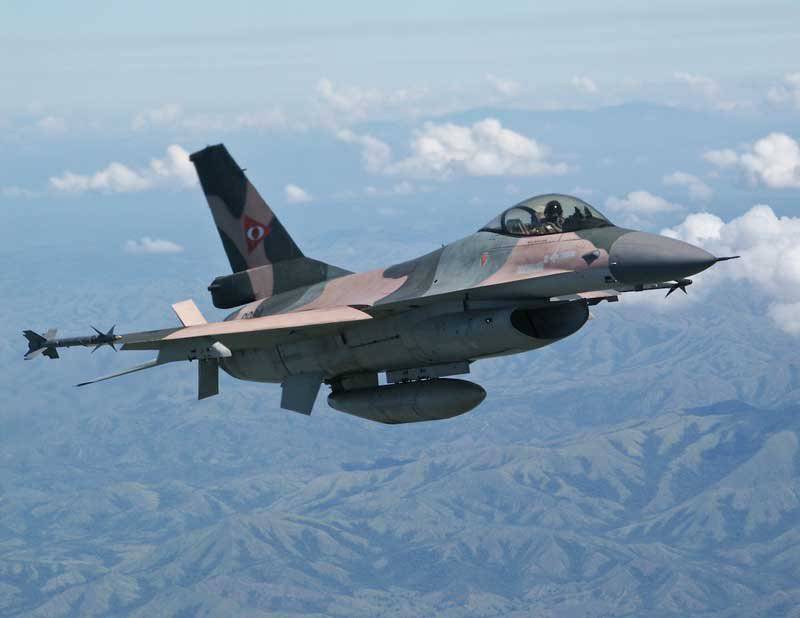
When it became clear that no one would give up power voluntarily, several rebel helicopters attacked army barracks in the capital. However, they were already waiting for them, and one helicopter was hit by heavy anti-aircraft machine guns and fell nearby. All four of the soldiers on board died. In 18: 15, several Mirages appeared over the position of forces loyal to the government in Fuerte Tiuna (west of Caracas). At the same time, a mixed group of 10-12 light attack aircraft (Bronco, Tukano, and Bakai) attacked the presidential palace and the Foreign Ministry building. In several rounds, the rebel pilots fired several dozen 70-mm NARs, and dropped several 250 ground pombs. In the meantime, only two fighters remained at the disposal of the president: these were the F-16A hijacked on Barakuisimento. In 07: 00 not without hesitation, after several urgent orders, the pilots (all the same "deserters") lifted them into the air to intercept attack aircraft. However, according to their reports, they were not able to meet a single enemy in the air. Then the F-16-e went to the rebel airbase and made several visits, shooting at an empty runway ammunition set of their 20-mm guns. In the meantime, Army air defenses operated much more successfully. Around the same time, not far from Caracas, the joint efforts of the calculations of anti-aircraft machine guns and X-NUMX-mm guns of the L-40 Bofors brought down one Bronco. The crew ejected and was captured.
Orienting to the situation and identifying the stolen F-16A as a potential danger, the Visconti who led the insurgency ordered the striking of Baracuismento. For the raid were allocated two "Mirage" and several "Bronco". The air defense of the base was not ready for such a turn of events and at least three old F-5A (tactical numbers 6719, 7200 and 8707) from GAdC 12 (Escuadron 363) and the civilian MD-80 were destroyed on the ground. The pilots reported eight destroyed F-5A.
However, they could not manage without losses: the returning Labarca and Vielma attacked the attackers on the run. As a result, lt Vielma shot down two OV-10E. One of the pilots was killed, and the second crew member safely ejected. Apparently, the Vielma plane also received some damage, since after rearmament and refueling to cover the capital, only Mr. Labark took off.
The position of the rebels in the capital by this time was unenviable: government forces pressed them all over the city, even managed to beat off the television studio. At noon from Palo Negro, all the army units that were available there began to flee. In order to delay their progress, the rebels threw all the cash "Tukano" and "Bronco". In addition, another raid was made on the presidential palace of Milflores. And again, in addition to unguided rockets, bombs were used in large numbers. When the attack of the stormtroopers was in full swing over the battlefield appeared to Mr. Labarka. But hitting non-speed maneuverable attack aircraft was a very difficult task. In addition, the capital is in a hollow between two heights, so Labark had to maneuver quite carefully, and it was extremely important not to hit civilian targets on the ground. Assessing the situation, only on the second run he managed to hit one Tukano from Vulkan (and this was done masterfully, the pilot opened fire from 1000 meters, and finished only 400 from the target).
However, all these evolutions ate a supply of fuel and the pilot turned around and began to leave in the direction of the base. After some time, the captain had to go through a few unpleasant seconds when he noted not far from himself the "Mirage" of the rebels. However, the pilots did not use weapon, since the shooting down of one of them meant numerous sacrifices at the site of the fall of the enemy. Having circled over the city, the aircraft dispersed peacefully.
Despite the obvious threat in the air, the stormtroopers continued their work. However, danger lurked them almost everywhere: the fire of large-caliber machine guns damaged another OV-10E. One engine stalled, but the crew decided to land an attack aircraft on the other. It seemed that luck was at hand, but the second engine failed to take 300 meters before the runway, and the two pilots had no choice but to eject. Meanwhile, another Bronco was shot down by the Roland air defense missile system. The pilot released the chassis and began to go away from the city, trying to bring down the fire. Despite the pilot's efforts, the attack aircraft fell straight into the runway.
Near 13: 00, all remaining insurgent aircraft returned to base. Here both F-16-xs stormed them again. Two hours later, Sucre and Palo Negro airfields were also attacked. By evening, it became clear that the mutiny had collapsed and Visconti with 92 other officers left the country on board the military transport C-130H.
His final destination was Peru. Two pilots of “mirages” (one of whom endured a “battle” with Labarka) sent their planes to Amba airport (a small island under a Dutch protectorate), another “Bronco” landed in Curacao. A few more “Super Pumas” were used for flight and then they were collected at several sites in the country. Only at least a thousand soldiers and officers were arrested. Despite the fact that the rebellion failed, Chavez was able to get to power. In 1996, he received a pardon from President Raphael Zelder.
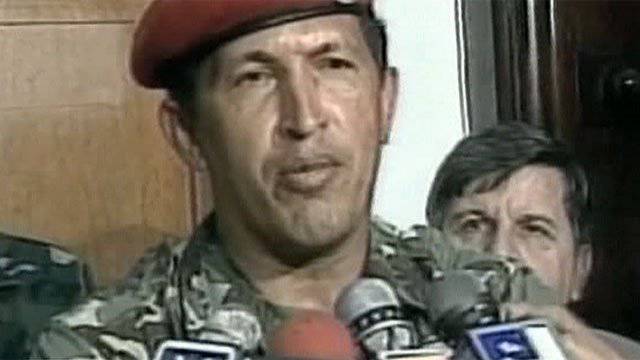
At that time, few remembered the rebellious colonel. But thanks to the complete bankruptcy of the current regime, mired in corruption and the promise of a fair distribution of oil revenues, he managed to win the December 1998 presidential election.
The pilots of the F-16A, who made their modest efforts to the failure of the insurgency, naturally, could not make a career in the Air Force. LT Wielma was sent to the USA to train as an instructor on T-2D. Soon, however, his trip ended, his poor knowledge of English became a hindrance. It is not known whether he continues his service at the present moment. Captain Labarka deserted, but the ball was found and arrested. In order "not to wash dirty linen in public" and not to publish the reasons for such an inadequate act, the "hero of the nation" acknowledged mental disorder and was sent to a mental hospital.
In April, the 2002 of the year in Venezuela, there was another attempt at a military coup. Chavez was forced to abdicate power, but only for two days - the paratroopers loyal to him, under the threat of using force, forced the rebels to regain their powers, and from exile Chavez returned as a triumphant.
Hugo Chavez did a lot to strengthen his country's defense. On his initiative, contracts were signed for the purchase of large quantities of modern weapons.
At the moment, almost all types of Venezuelan armed forces have received Russian weapons, with the exception of naval forces.
Only in the 2012 year, deliveries of Russian weapons to Venezuela are estimated at almost 2 billion dollars. Including shipments in 2004-2011. (about 3,5 billion dollars) The total volume of Russian military exports to Venezuela at the end of December 2012, is about 5,5 billion dollars.
In particular, they were purchased 24 Su-30MKV, 100 thousand. AK-103, more 40 multipurpose Mi-17V-5, 10 shock Mi-35M2, 3 heavy transport helicopter Mi-26T2, helicopter simulators several types, 5 thousand Dragunov rifles, Igla MANPADS, 120-mm mortars 2C12A "Sledge" and other weapons.
In September, 2009, the president of Venezuela, Hugo Chavez, announced the decision to create an integrated, layered air defense system. It will include Russian short, medium and long-range air defense systems.
The Venezuelan Land Forces acquired 23-mm twin-anti-aircraft units ZU-23М1-4, which provide air defense for the brigades of the Ground Forces. In addition to anti-aircraft guns, the Igla-S MANPADS have come into service with these batteries.
In 2012, large deliveries of armored vehicles, missile and artillery weapons and air defense systems were implemented. In particular, in 2012, deliveries of OBT T-72B1B were completed (a total of 2011 units were delivered in 2012-92), BMP-3М (in total 2011 units were delivered in 2012-120), BTR-80А (in 2011 units in total, 2012 units), BTR-120А (in total 120 units of 2 units), BTR-23А (in total 24 units of 122 units), BTR-21А (in total 2011, 2012 units), BTR-24А (in total 2012, 125 units), BTR-2А (in total 23, 23 units), BTR-1А (in total 4, XNUMX units), BTR-XNUMXА (in total XNUMX, XNUMX units). -XNUMX units supplied XNUMX units), self-propelled XNUMX-mm mortars XNUMXCXNUMX "Nona-SVK" (total supplied XNUMX units), XNUMX-mm BM-XNUMX "Grad" (total XNUMX-XNUMX units delivered XNUMX units. ). In XNUMX, deliveries of the Pechora-XNUMXМ C-XNUMX and XNUMX-mm ZU-XNUMXМXNUMX-XNUMX CMS continued.
Currently, Venezuela is experiencing an era of deep transformations, including in the armed forces. When Chavez began large-scale reform of the Air Force and Air Defense of the Bolivarian Republic. This type of military in the conditions of modern wars is one of the most significant. Given the difficult relationship management
Venezuela with the United States, the presence of combat-ready and well-armed air force is the guarantor of peace and stability in the region.
Reforming the country's air force has become a real problem for the Chávez government. Generals, who underwent military training in the United States, were removed from the posts of the Supreme Command of the Air Force, and new military personnel who support the revolutionary nationalist views of the state’s leader were called up for army aviation. Back in 2005, a case occurred in Spain with the “leakage” of documents of the NATO operational staff plan, which was directed against Venezuela and was called Operation Balboa. This plan of NATO provided for the delivery of massive air strikes against Venezuela from the territory of the Dutch Antilles, which are only a few dozen kilometers away from Caracas, the capital of Venezuela. In recent years, the US Army has deployed in Latin America a whole network of its military bases that allow you to control almost the entire territory of the continent. US bases are deployed in Honduras, Panama, Paraguay and Colombia.
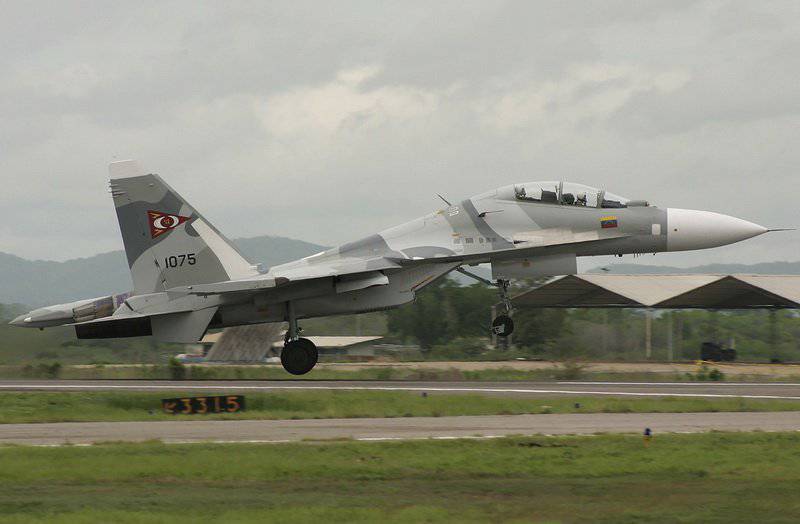
Given this, Venezuela has been actively updating its fleet. Currently, its basis and the main striking power of the country's Air Force are the 24 Russian Su-30MKV fighter. Also in service with the Venezuelan Air Force is the X-NUMX F-21A fighter, which was delivered to the country as early as 16-1983, of which about 1985 machines are in combat status.
The training aviation, which can also be used as light attack aircraft, is represented by the Embraer EMB 19 “Tukano” Brazilian-made training aircraft (a total of 312 aircraft has been ordered), 32 Hongdu K-18W Karakorum Chinese production aircraft (ordered more 8 machines). The Air Force also has a small number (up to 22 units) of American-made Rockwell OV-4A / E Bronco light attack aircraft. Military transport aviation has 10 Russian IL-10MD-76, 90 American C-6H Hercules and up to 130 Chinese transport aircraft Y-8, which are a copy of the Russian An-8.
Helicopter regiments in the Air Force of the Bolivarian Republic are armed with the 38 transport and combat helicopters Mi-17B5, 3 heavy transport helicopters Mi-26Т2 and 10 multi-purpose combat helicopters Mi-35М - all Russian-made vehicles. In addition, the Air Force has X-NUMX helicopters Eurocopter AS-14 Super Puma and Eurocopter AS-332 AC / UL Cougar French production.
The acquisition of 24 heavy fighters Su-30МКВ (a variant created special for Venezuela based on the Su-30МК2) Hugo Chavez announced in June 2006 of the year. Shortly thereafter, 2 July 2006, 2 Russian Su-30MK, accompanied by military transport aircraft IL-76, arrived at the El Libertador airbase to demonstrate their qualities to the leadership of Venezuela and the national Air Force. As an escort of honor, they were accompanied by three F-16 fighters and two Mirage aircraft (they were removed from service in the 2009 year).
During the visit, the Russian Su-30MK conducted a series of demonstration air battles to assess their flight data and armament. In training battles, they fought Mirage 50 and F-16. Especially bright were the training battles with six F-16 fighters, and then with six Mirage 50, which were conducted to demonstrate the capabilities of the Russian radar "H-011ВE". 14 July 2006, both fighters returned to Russia, and 28 July countries signed a bilateral contract for 1,5 billion dollars, which included not only the supply of aircraft, but their maintenance, supply of spare parts and weapons, as well as training of flight personnel.
Currently, the Venezuelan Air Force is fully satisfied with the quality of the Su-30 fighters delivered to the country. This was reported in particular by the media referring to the chairman of the Bolivarian Civil-Military Front, retired lieutenant colonel Hector Hererr. According to him, all Russian fighters purchased by Venezuela are functioning perfectly. Also Herrera stressed that although the Su-30MKV and are not 5-generation aircraft, but they are excellent in their combat capabilities and flight performance.
Taking into account the composition of the Venezuelan Air Force, it can be assumed that if the United States and its allies try to realize any air expansion against Venezuela, it will end in victory for the aggressor, but will be accompanied by a large number of losses. Especially if Venezuela continues to buy new aviation equipment from Russia and the PRC. Moreover, if Venezuela would be supported by the whole of Latin America, the chances of success in a hypothetical fight with the USA would be much more weighty.
Considering that Argentina, Brazil, Uruguay and a number of other Latin American countries are trying to pursue an increasingly independent foreign policy and are leaning towards the left course, this is not so unrealistic.
Today, Venezuela is for Russia one of the strategic partners and a major exporter of Russian weapons. At present, negotiations are underway at different stages on the possible delivery to Venezuela of Su-35C fighters, sea patrol aircraft based on passenger IL-114, Be-200 amphibious firefighter aircraft, Mi-28H attack helicopters and Asant light multi-purpose helicopters.
For Russia, the death of Hugo Chávez is a great loss. Of course, the great importance for the further development of economic cooperation with Russia will be whether or not the current President of Venezuela, Nicolas Maduro, can keep the situation in the country under control.
It should be noted that Hugo Chávez’s firm orientation towards expanding military-technical cooperation with Russia largely contributed to the decision of other countries in the Latin American region to purchase weapons and military equipment in Russia. This applies to Brazil, Argentina, Bolivia, Ecuador and other countries. On the whole, while Venezuelan Hugo Chávez was in office, Russia made a huge breakthrough to the arms market in Latin America.
Information sources:
-http: //pravoslav-voin.info/publikacii/3229-aviacionnyj-kulak-venesuyely.html
-http: //www.automan.kz/171691-venesujela-kupit-vtoruju-jeskadrilju-kitajjskikh.html
-http://periscope2.ru/2011/04/20/2842/
-http: //ru.wikipedia.org
Aviation Journal and Time 2004-01
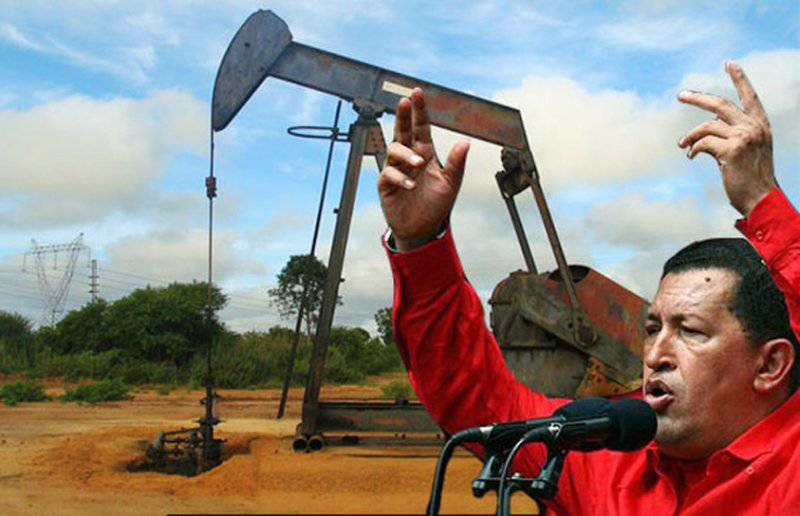

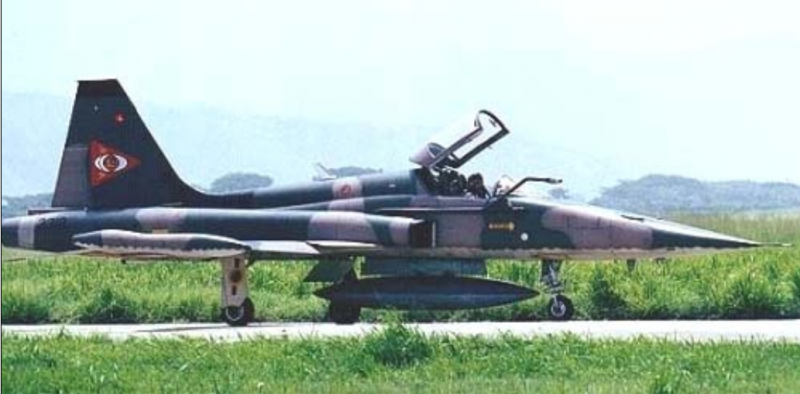

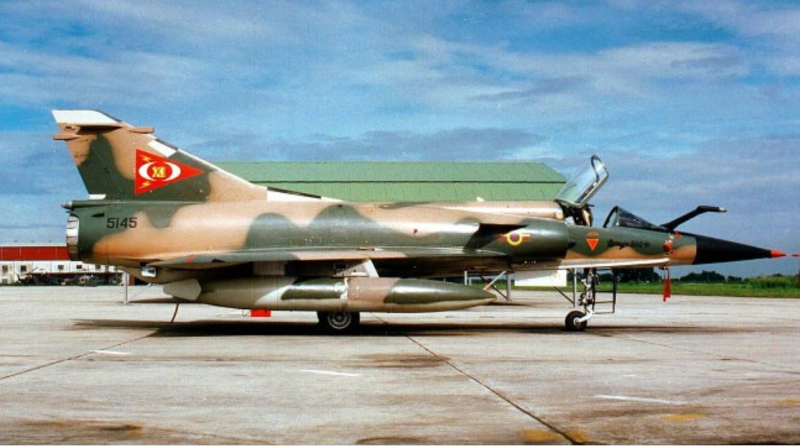
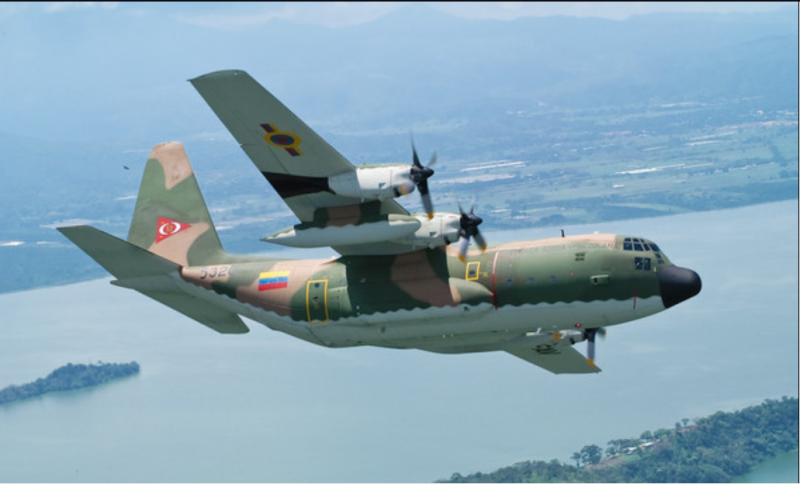
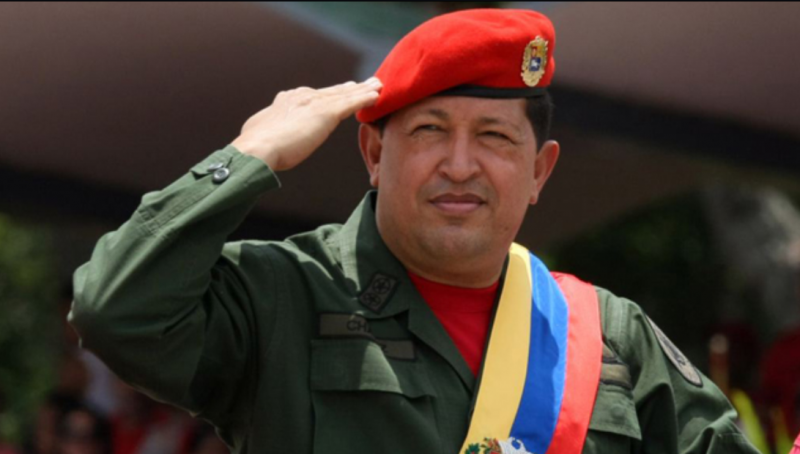
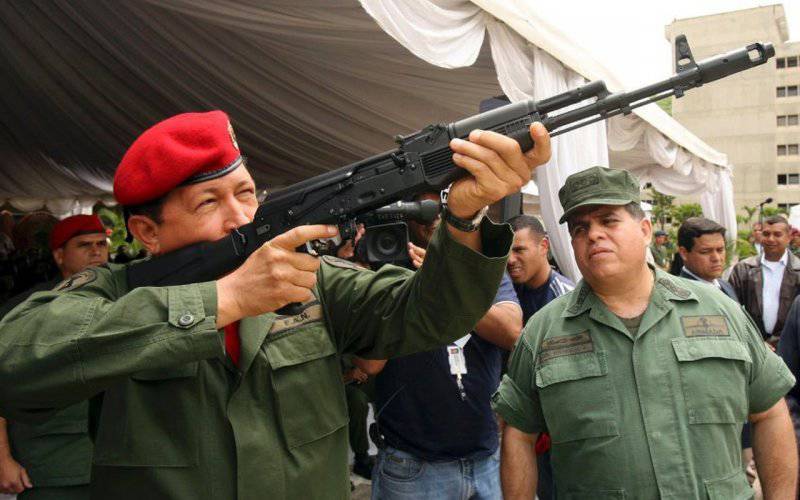
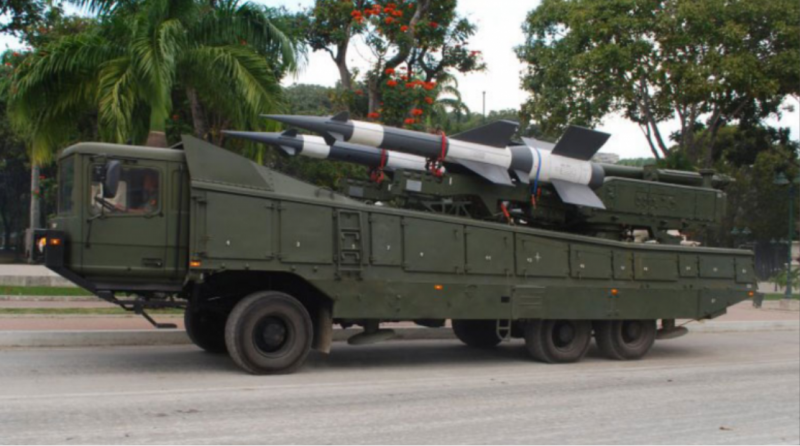
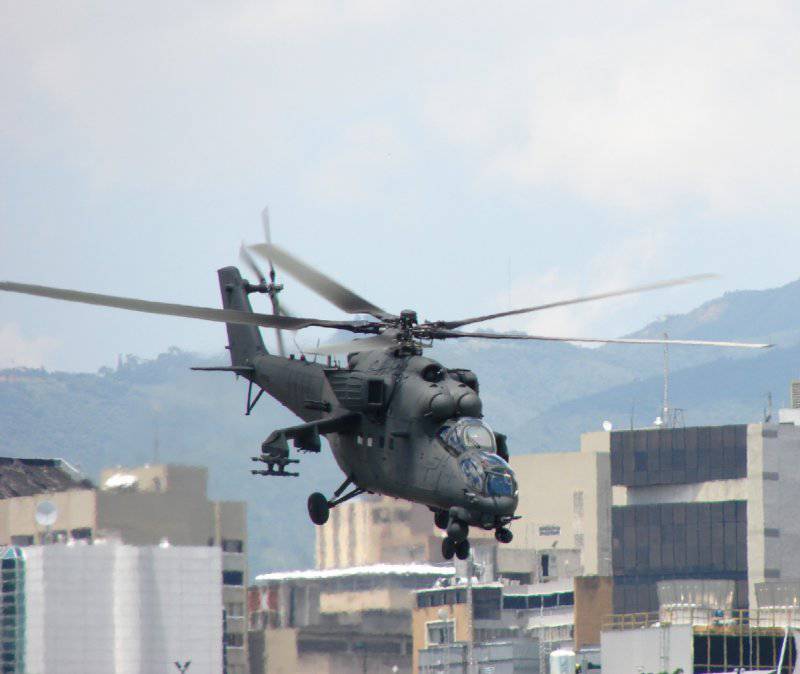
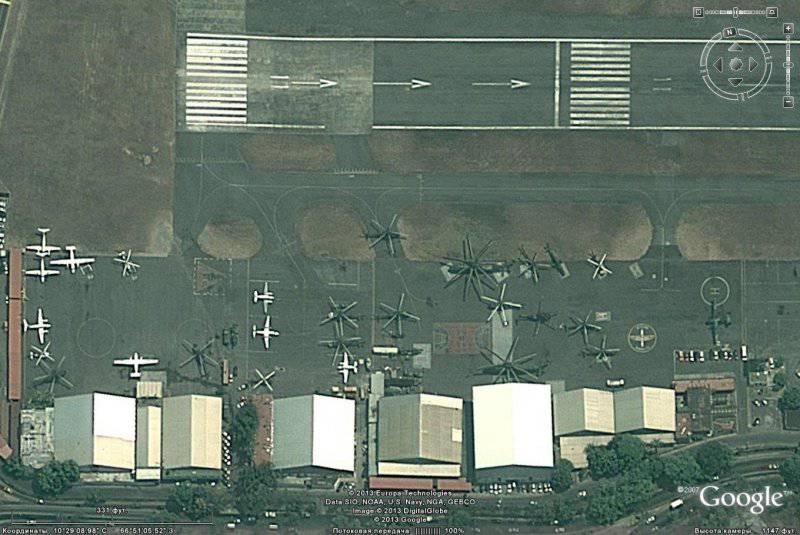

Information